5 Innovative Ways to Wow With Plaster of Paris
The opportunities for using POP in your homes are endless - in ceilings, walls, accessories, borders, skirtings and more
Shristi Nangalia
30 March 2017
Houzz India Contributor, Architect, Architectural Writer and Content Writer. Painting, craft work, pets and good food are my getaways. Cultures and colours always inspire me. Email: shristi012@gmail.com, Business profile: @decoretteindia.
Houzz India Contributor, Architect, Architectural Writer and Content Writer. Painting,... More
Plaster of Paris or POP is a versatile material (made from gypsum) and is relatively easy to work with. It is available in the form of a dry powder, which is mixed with water to form a paste for use. Unlike putty, POP does not shrink while drying; this eliminates the chances of cracks forming as it hardens. It is lightweight, long-lasting and highly resistant to fire, making it a suitable material for drywalls. It is widely used in relief work because of its fine workability. There is so much that can be done with it. Here are some places where POP can perform wonders for you:
On the ceiling
False ceilings are one of the most common applications of POP. Desired shapes are cut out of light boards made of this hard but workable material and fitted at different levels on the roof slab. Furthermore, POP mouldings and castings are popular choices for traditional ceilings as well. Depending upon the style of the interiors, well-chosen mouldings can complement the room as well as create a cultural statement.
Despite the rich furniture and the patterned floor of this Moroccan interior, the eyes go right up to the ceiling, don’t they? You can create a similar impression with precast or in-situ application of embossed POP. Choose from graphic or floral patterns, geometrical shapes, motifs or a personalised stamp designed for you. Add cornices or covings to complete the set.
Tip: Plaster installation demands skilled labour and precautionary measures to avoid health issues. A lot of heat is released during the mixing and setting process of POP. Also, while mixing plaster of Paris and working with it, its fine dust disperses in the air and can cause optical and respiratory ailments. Make sure you wear a dust mask when you are around POP work in progress.
False ceilings are one of the most common applications of POP. Desired shapes are cut out of light boards made of this hard but workable material and fitted at different levels on the roof slab. Furthermore, POP mouldings and castings are popular choices for traditional ceilings as well. Depending upon the style of the interiors, well-chosen mouldings can complement the room as well as create a cultural statement.
Despite the rich furniture and the patterned floor of this Moroccan interior, the eyes go right up to the ceiling, don’t they? You can create a similar impression with precast or in-situ application of embossed POP. Choose from graphic or floral patterns, geometrical shapes, motifs or a personalised stamp designed for you. Add cornices or covings to complete the set.
Tip: Plaster installation demands skilled labour and precautionary measures to avoid health issues. A lot of heat is released during the mixing and setting process of POP. Also, while mixing plaster of Paris and working with it, its fine dust disperses in the air and can cause optical and respiratory ailments. Make sure you wear a dust mask when you are around POP work in progress.
Going beyond straight edges of the roof, curves too can convert any space from just classy to classic. Create curves and arches from this matte-finish material to bring in a vintage villa look.
On the walls
Reinforce a sense of timeless appeal in your interiors by adopting a slightly worn look on the walls, possible with suitably treated plaster. See in this image, how the hand-plastered mound shapes on the walls make a very individual statement in a modern home. Plaster is also available in facsimiles of various looks. You may cover your plastered wall as you like: from exposed brick to tile finishes – POP is extremely versatile in shapes and textures.
Tip: POP takes to paints very well. You can cover it with oil or enamel paint of your choice or leave it exposed to enjoy the raw off-white grain.
Reinforce a sense of timeless appeal in your interiors by adopting a slightly worn look on the walls, possible with suitably treated plaster. See in this image, how the hand-plastered mound shapes on the walls make a very individual statement in a modern home. Plaster is also available in facsimiles of various looks. You may cover your plastered wall as you like: from exposed brick to tile finishes – POP is extremely versatile in shapes and textures.
Tip: POP takes to paints very well. You can cover it with oil or enamel paint of your choice or leave it exposed to enjoy the raw off-white grain.
Pre-cast panels are available in the market that can be transported and installed on site in a considerably less amount of time. Choose your favourite and coat it with paint or oil. You can safely try these 3D panels on your living room wall, partition walls or bed headboards.
Tip: Being a water-soluble material, POP cannot be used on the exterior walls and in high-moisture areas like bathrooms.
Tip: Being a water-soluble material, POP cannot be used on the exterior walls and in high-moisture areas like bathrooms.
Skirting boards and dado rails can be made from this multi-purpose material too. I love how the two elegant elements combine here in this transitional setting. If you wish to bring in a similar design, do not forget to top it up with a cornice board on the wall-ceiling joint for added effect.
POP boards are great for backing fireplaces and TV units. As they are versatile, they can be moulded into different shapes. The plaster board joints in this case were concealed with wet plaster, giving a smooth, even touch.
For window and door borders
Architraves, when coupled with skirting boards, are great for framing doors and windows. From detailed mouldings to simple ones, POP frames add that extra oomph to interiors.
Tip: Consider bringing in POP into your puja room. The decorative use of moulded plaster will work in obtaining a cultural aura in the puja room. You can also cast spiritual symbols or figures of gods on the walls here.
Architraves, when coupled with skirting boards, are great for framing doors and windows. From detailed mouldings to simple ones, POP frames add that extra oomph to interiors.
Tip: Consider bringing in POP into your puja room. The decorative use of moulded plaster will work in obtaining a cultural aura in the puja room. You can also cast spiritual symbols or figures of gods on the walls here.
As furnishings and fixtures
Yes! Tables, consoles, wall fixtures, light sconces, highlighters, etc. can be modelled on site with plaster of Paris by experienced craftsmen. Readymade pre-fabricated items can also bought directly from the store to fit into the design theme. As done here, you can use a splash of contrasting colour with the serene white of plaster to let it stand out.
Yes! Tables, consoles, wall fixtures, light sconces, highlighters, etc. can be modelled on site with plaster of Paris by experienced craftsmen. Readymade pre-fabricated items can also bought directly from the store to fit into the design theme. As done here, you can use a splash of contrasting colour with the serene white of plaster to let it stand out.
I personally love this mirror frame where POP acts as a highlighter. Similar highlighters can make their way into dressing units and powder rooms as well.
As accessories and more…
You can get some really interesting accessories made of POP. It is possible to make your own, too! A slightly stiffer consistency of POP mix can be used to make a shaped and textured bowl of the kind seen in this picture. Plaster of Paris is a great way to create a piece of wall art, as well.
You can get some really interesting accessories made of POP. It is possible to make your own, too! A slightly stiffer consistency of POP mix can be used to make a shaped and textured bowl of the kind seen in this picture. Plaster of Paris is a great way to create a piece of wall art, as well.
You can take a more playful approach in using this medium by taking up a DIY project. Make a customised statement piece that you can show off in your home.
You can make stands or holders for your pendants and bracelets. You can even use your gardening gloves as a mould for shaping these hand-hangers, as in this image.
How to use POP for your DIY project
Use hard plastic or glass containers to mix the POP.
Mix 1 part of water and 2 parts of POP for an ideal mix for making the accessories. Stir slowly to avoid building up of air bubbles in the mixture. Pour the paste into a mould. After it sets, romove the mould and gently to smooth the uneven areas.
Tip: Take precautions while handling this material. Wear gloves and a dust mask at all times. Keep it out of reach of children and pets.
Read more:
How to Bring Gold Into Your Home
Motifs: Magical Makeover for Your Home
Tell us: What did you do with POP in your home? Show us with pictures in the Comments section below.
You can make stands or holders for your pendants and bracelets. You can even use your gardening gloves as a mould for shaping these hand-hangers, as in this image.
How to use POP for your DIY project
Use hard plastic or glass containers to mix the POP.
Mix 1 part of water and 2 parts of POP for an ideal mix for making the accessories. Stir slowly to avoid building up of air bubbles in the mixture. Pour the paste into a mould. After it sets, romove the mould and gently to smooth the uneven areas.
Tip: Take precautions while handling this material. Wear gloves and a dust mask at all times. Keep it out of reach of children and pets.
Read more:
How to Bring Gold Into Your Home
Motifs: Magical Makeover for Your Home
Tell us: What did you do with POP in your home? Show us with pictures in the Comments section below.
Related Stories
Working with professionals
How to Find an Architect That's Right for You
Make the construction and renovation of your home a pleasant and memorable journey by selecting the right architect
Full Story
Indian Homes
11 Indian Homes That Revolve Around Courtyards
Take inspiration from these homes that make a solid case for courtyards in urban life
Full Story
Decorating Guides
Building Secrets to a Cool, Breezy Home for Hot Indian Summers
Get updated on climate-responsive design strategies for a home that stays naturally cool all year round
Full Story
Working with professionals
What's the Difference Between an Architect and a Civil Engineer?
We clear up the confusion between the professional roles and scope of work of an architect and a civil engineer
Full Story
Architecture
These Indian Homes Know How To Combat Harsh Climate
See how these homes by SPASM, Kumar Moorthy & Associates and JPLUSDARCHITECTS mitigate the ramifications of harsh climate ahead of time
Full Story
Decorating Guides
What Are the Biggest Challenges in Renovating an Old House?
Here are some common problems which may arise during the renovation of an old property
Full Story
Indian Homes
How to Beat the Summer Heat by Keeping the Roof Cool
Here are ways to cope with the high summer temperatures that heat the roof and the top floors of residential buildings
Full Story
Decorating Guides
How to Design a Home That is Not a Burden on the Environment
Incorporate smart details with simple lifestyle changes to create a home that is kind to the planet
Full Story
Architecture
What Is Kerala Architecture?
Let's explore what design elements constitute traditional Kerala house architecture
Full Story
Architecture
Expert Speak: What Are the Best Materials for Home Elevations?
Houzz checks in with an expert about the the most sturdy and adaptable materials for home facades
Full Story

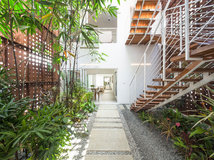
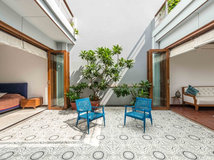
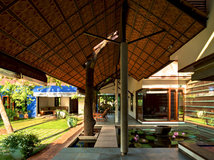

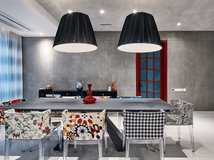

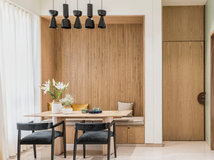
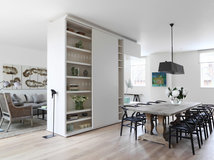
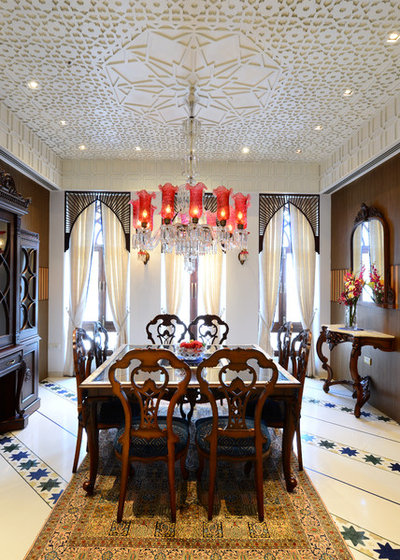
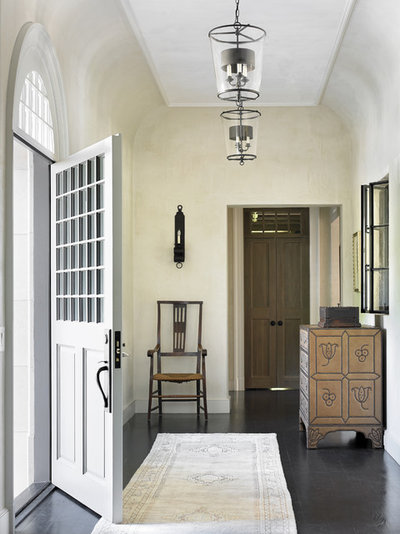
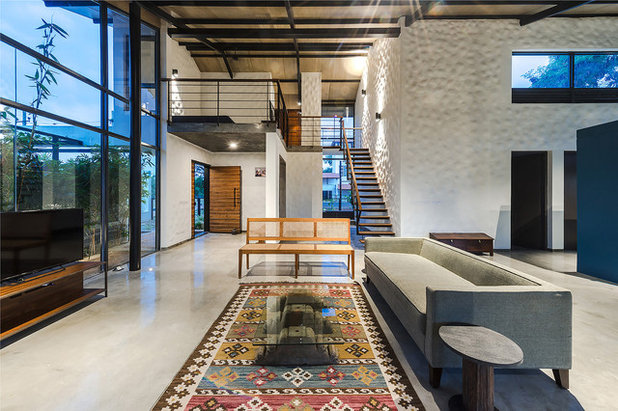
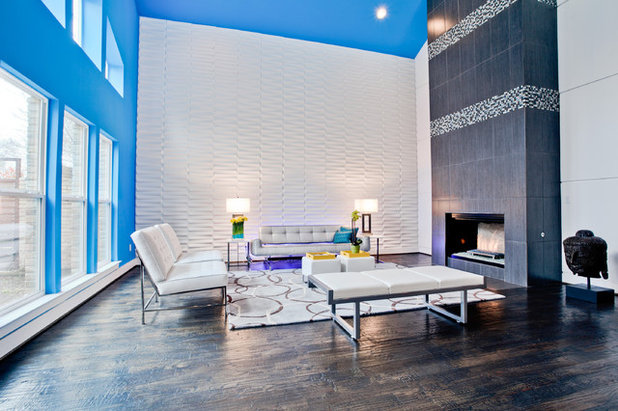
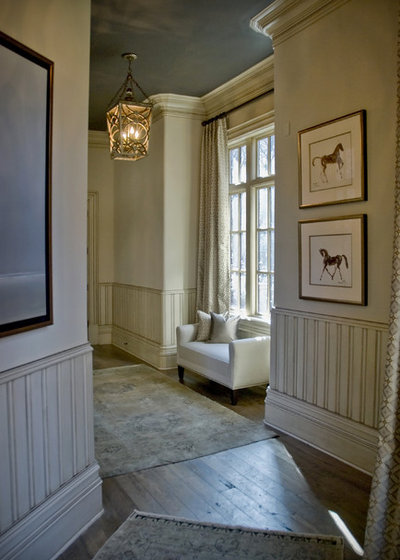
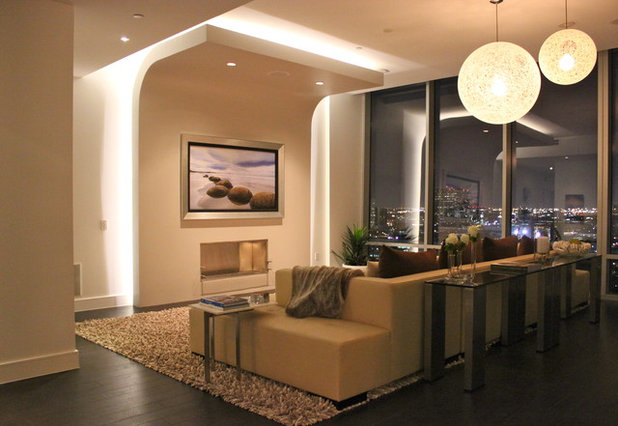
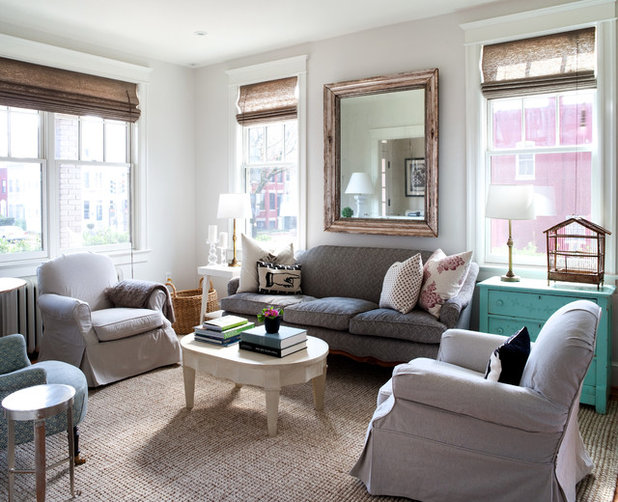
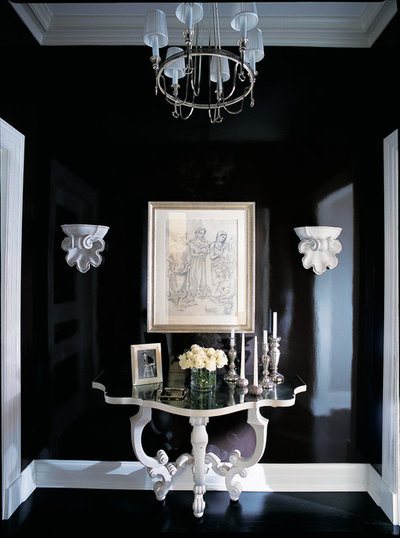
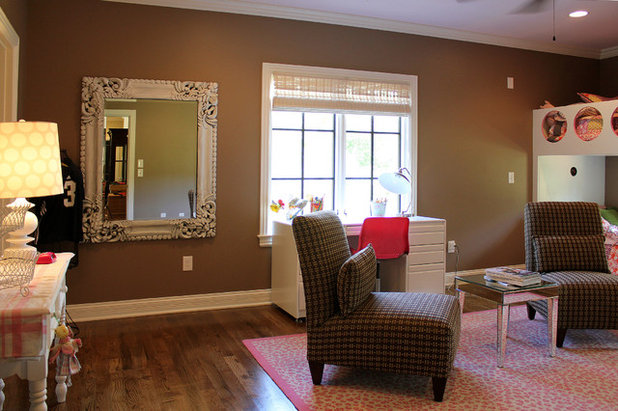
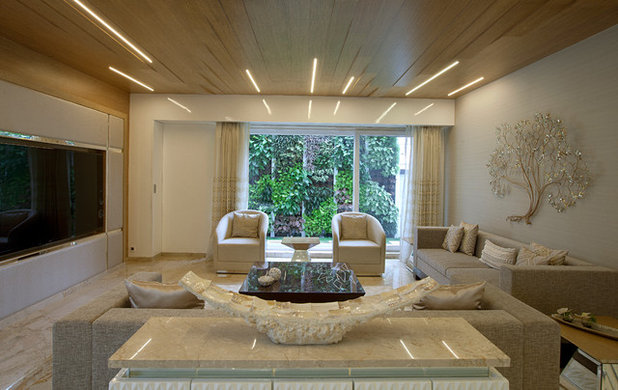
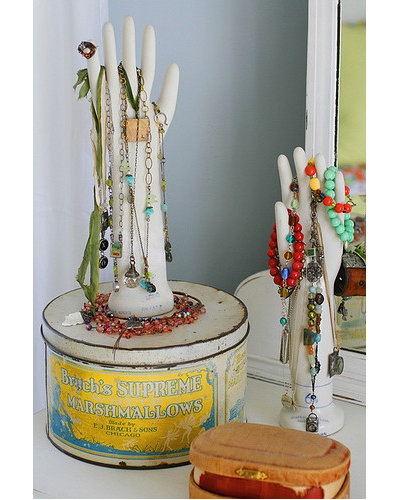
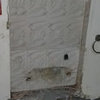
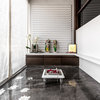
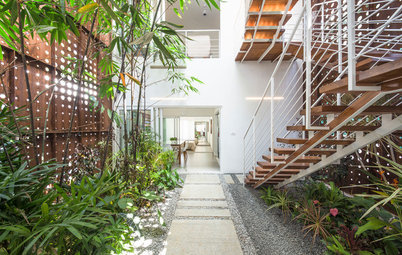
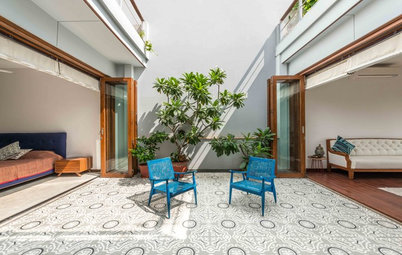
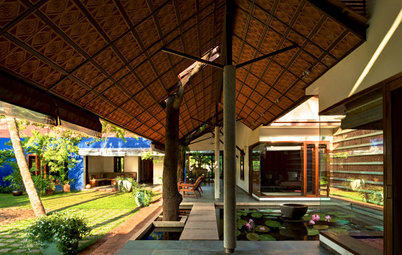
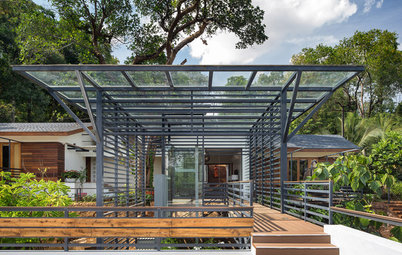
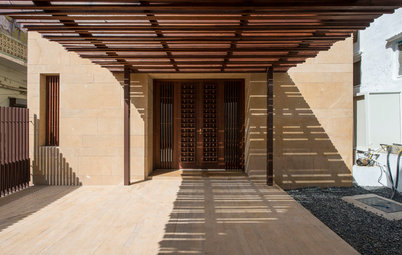
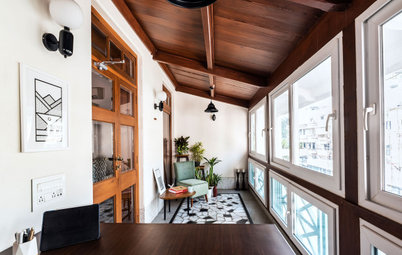
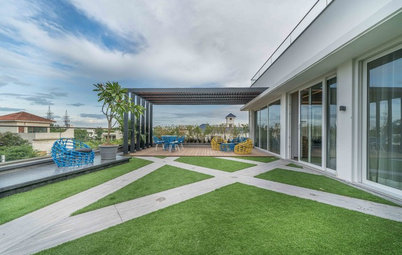
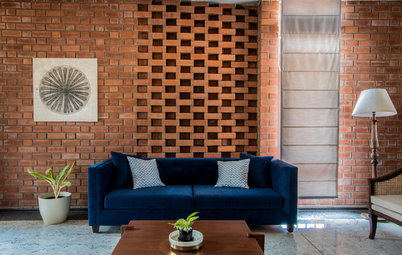
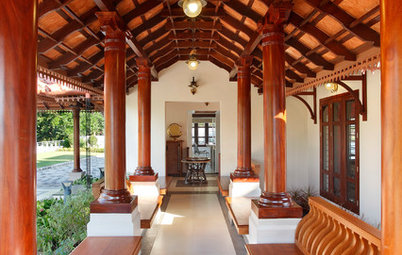
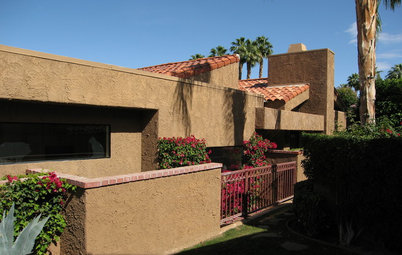
Hello again. I get it. If you were using POP as a decorative element, the painting process would have been slightly different. But since you are using POP and putty just to cover imperfections and to achieve a polished surface, you can follow the steps your painted had suggested. Cheers!
hello shristi...Same process will be followed for the ceiling (POP) also??
Yes.